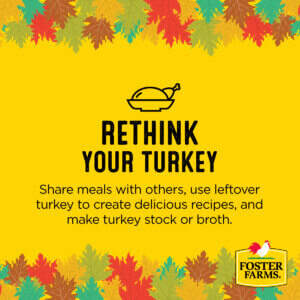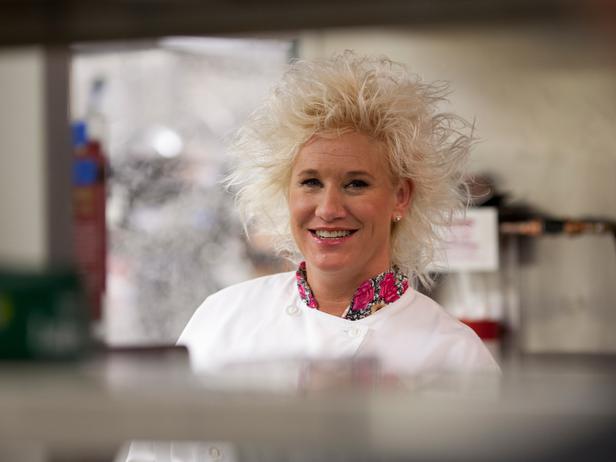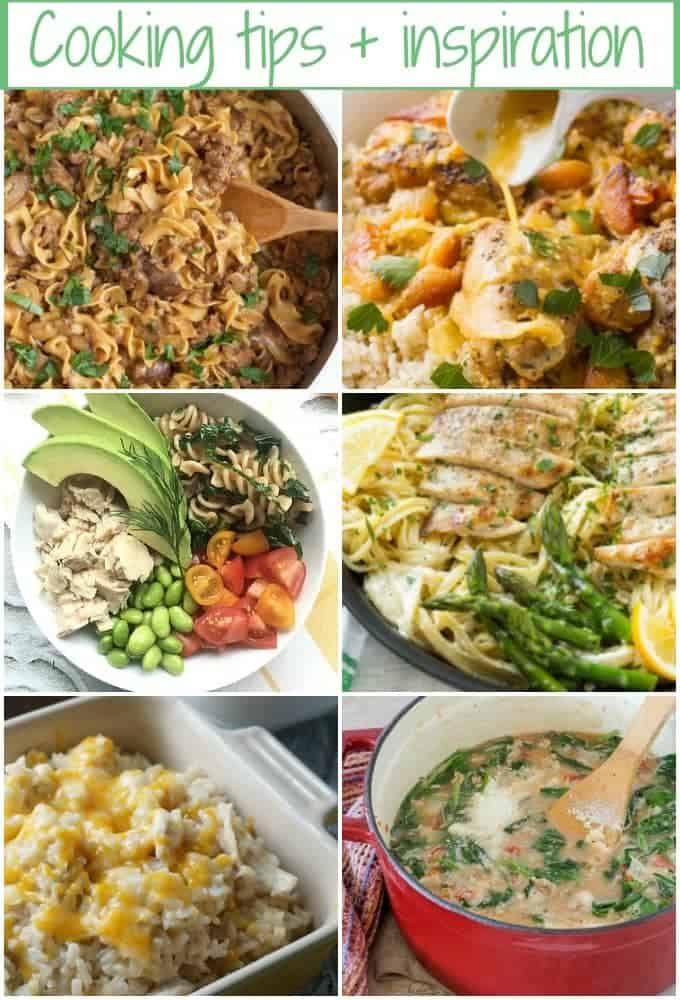
Advanced cooking techniques are something you should try if you love to cook. French and Chinese techniques are two of the most well-known. What about Japanese and Chinese techniques? You'll also want to learn the best steaming and poaching techniques. Continue reading to find out how these methods work, and why you should learn them. These techniques can be used in your daily cooking. Don't forget about cookbooks that detail these cooking techniques.
French cooking techniques
The foundation of French cooking lies in traditional methods. French chefs are known for placing everything in the right place and slow cooking at low temperatures. Confit refers to slow cooking of a variety foods in fat with low heat. They also often use alcohol to make sauces. Flambeing is usually used for desserts. However it is possible to pour the alcohol into the food while it cooks to give it its flavor.
Chinese cooking techniques
You can make Chinese food more delicious by using complex techniques. Stir-frying is one of these techniques. It involves using a wok to heat oil and then cooking the ingredients in it. The food is stirred quickly and thoroughly until it reaches the desired texture and flavor. This is the easiest method and works well with small ingredients such as noodles and vegetables. Chinese cuisine offers many different cooking methods, including stir-frying.

French technique of steaming
Steaming is a cooking method that creates a steady flow of hot air around food, retaining all of its nutrients without adding any additional fat. It is gentle and suitable for delicate foods, as steam has more heat than boiling. Food cooked this way cooks quickly with little loss of nutrients and natural color. This technique has been a favorite of the French for many years. It can make it a joy to cook vegetables and fruits.
Poaching is a Japanese method
The Japanese have perfected the art and technique of slow-cooking fish. This involves sealing food in a plastic bag, and slow cooking at low heat. This technique produces a uniform texture and removes aromatics and other liquids, and the health benefits are obvious. This is how to poach salmon in Japan.
Vietnamese technique for boiling
The traditional Vietnamese method of boiling rice can be a simple, yet highly effective method. The steaming of food is done in bamboo or metal trays. This method preserves all nutrients and avoids the use of oil. It can also be used to make seafood and sticky-rice. It is particularly beneficial to the vulnerable population in developing countries who are heavily dependent on water sources that are not yet improved. A few precautions are required, though.

FAQ
How do you store leftovers best?
Tupperware containers can be used to store leftovers. These containers preserve food freshness and stop odors from developing. They also keep foods warm for longer. You can freeze leftover food in freezer bags. Place food in another freezer bag to prevent air escape when freezing. Once the food has been frozen, transfer it into an airtight container such as a zip lock bag.
Can I learn how to cook together with my children?
Yes! Yes! It's a great way to teach responsibility and teamwork. The whole process can be done by children, including washing and chopping vegetables. If your children follow safe practices when handling knives, they will enjoy helping you cook.
How Much Does It Cost to Study Culinary Arts?
You will find that the price to study culinary arts is variable. For example, a four-year degree typically costs around $40,000. A two-year associate's level degree can cost less than $5,000. Tuition rates depend on the type of program you select. Prices for tuition are higher in private institutions than they are for public ones.
Where can I find free online cooking lessons?
Numerous websites offer free cooking lessons. YouTube is a great place to search for cooking videos. Some websites give you access to thousands of recipes. You will need to pay a monthly subscription, but you can still try the site for free for 30 day.
Statistics
- In the United States, the category is estimated at $23.2 billion annually and is growing faster than the market. (washingtonpost.com)
- According to the BLS, chefs earn $58,740 a year. (learnhowtobecome.org)
- You'll be amazed that over 90% of CIA students receive scholarships and grants to finish their culinary studies. (ischoolconnect.com)
External Links
How To
How to cook steak
The type of meat you are cooking will determine the right method to use. Thicker steaks should be cooked over low heat. Thicker steaks will need to cook at higher temperatures.
You should also ensure you don't overcook them because they'll lose flavor. And remember always to remove the steak from the pan when it's done - this way, you won't burn yourself.
Cooking time will depend on the size of your steak and the desired level of doneness. Here are some guidelines:
Medium Rare: Cook the meat until it reaches medium rare (63°C). This should take between 3 and 5 min per side.
Medium: Cook the meat until it reaches 160°F (71°C). This normally takes around 6 minutes per side.
Well Done: Cook until well done, which means the internal temps reach 180degF (82degC). This takes between 8 and 12 minutes per side.